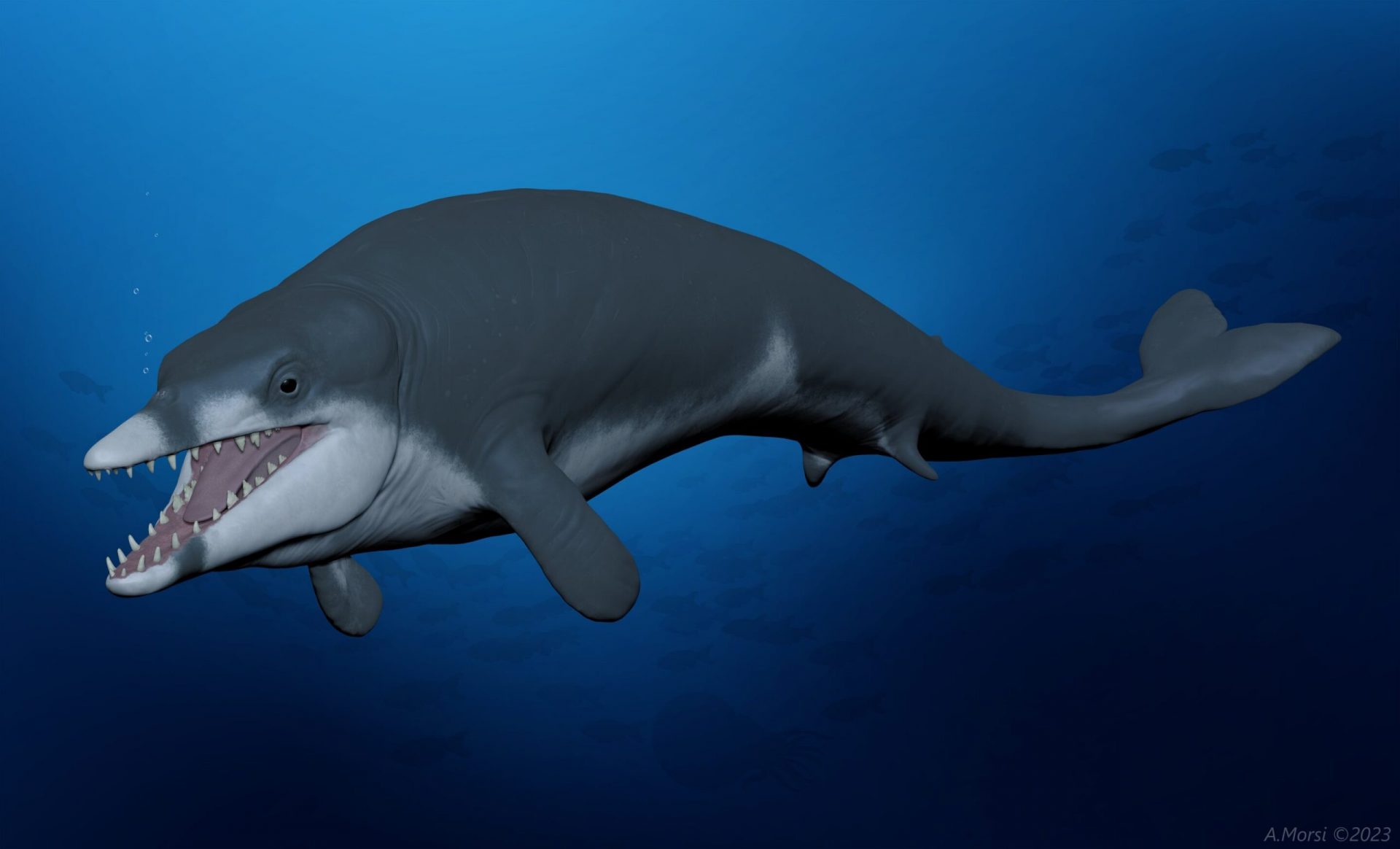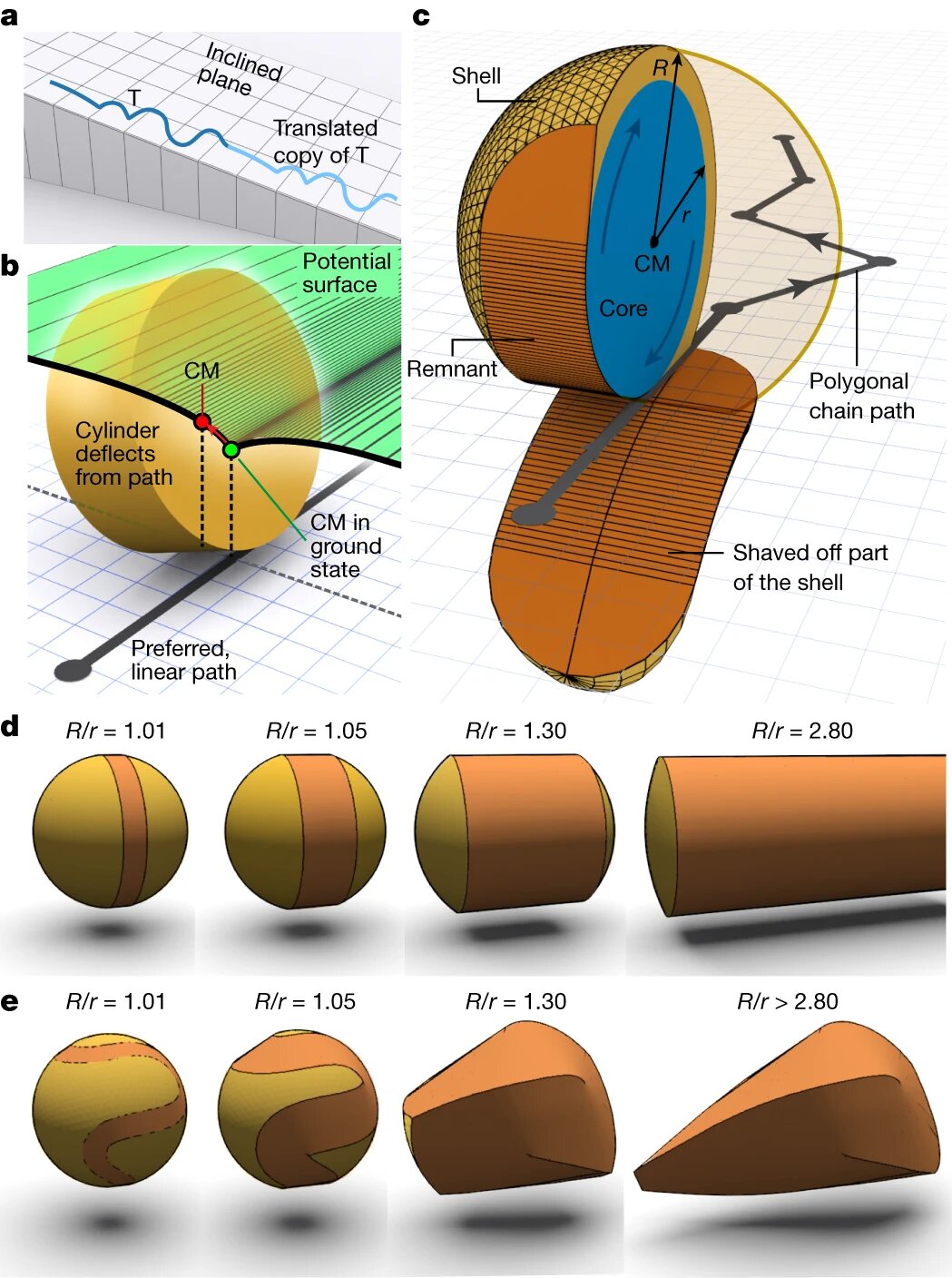This week on phys.org, we’ve got some exciting news for you! Get ready to dive into the world of muons, gigantic stellar waves, a mini ice age that thwarted Homo erectus, and a new whale discovery. But first, let’s take a look at our featured article:
Particle wobbles: Brace yourself for some mind-bending physics! Scientists have made nanoscale precision measurements of the muon anomalous magnetic moment, shaking the standard model and asking, “Are you complete yet?” The standard model has been elusive when it comes to explaining subatomic phenomena like dark matter. To solve this mystery, scientists have been searching for particles within the standard model that could account for these phenomena. One intriguing phenomenon involves muons wobbling in unexpected directions when they run in circles around a powerful magnet. This is known as the anomalous magnetic moment. Could undiscovered particles be influencing muons under these conditions? While the latest project, the Muon g-2 experiment, doesn’t provide a definitive answer, it does confirm earlier findings with unprecedented precision. This is a major breakthrough in the world of physics, where “big” is measured in the size of an electron.
New whale discovery: Prepare to be amazed by the wonders of the ancient seas! An international team of scientists has unearthed an extinct whale species that once roamed the Tethys Ocean, which covered modern-day Egypt. This incredible discovery has led to the naming of the whale after the renowned pharaoh Tutankhamen. Meet Tutcetus ratanesis, the smallest species of basilosaurid ever found. Its discovery sheds light on the early evolution of whales and expands our understanding of this fascinating family.
Apocalypse Not: Remember that sensational paper claiming an exploding comet wiped out the Indigenous Hopewell culture 1,500 years ago? Well, hold on to your hats because archaeologists at Ball State University have some different insights. They challenge the notion that the Hopewell culture was “destroyed” by an exploding comet. In fact, they argue that the evidence points to localized burning for ceremonial purposes or non-burned surfaces altogether. Additionally, they raise concerns about possible data manipulations in the original paper. It seems the story of the Hopewell culture is far from over.
Earth inhospitable: Imagine living through an ice age! A recent study published in Science reveals that a massive North Atlantic cooling event occurred just as our ancient ancestors, Homo erectus, were establishing themselves in western Europe. This cooling event, which caused significant changes in ocean circulation and the expansion of sea ice, made life extremely challenging for early humans. The absence of stone tools and human remains in western Europe for the next 200,000 years supports this finding. It’s a stark reminder of how inhospitable our planet can become.
Stars: immense. You: insignificant: Prepare to have your mind blown by the vastness of the universe! Researchers at the Harvard-Smithsonian Center for Astrophysics have uncovered the cause of extreme brightness swings in a heartbeat binary star system called MACHO 80.7443.1718. These swings are caused by titanic waves of plasma, towering as high as three suns, crashing on one side of the stars. It’s a humbling reminder of our planet’s relative insignificance and vulnerability in the face of immense cosmic forces.
That’s all for this week’s exciting discoveries! Stay tuned for more mind-boggling news from the world of science. Have a great weekend!








